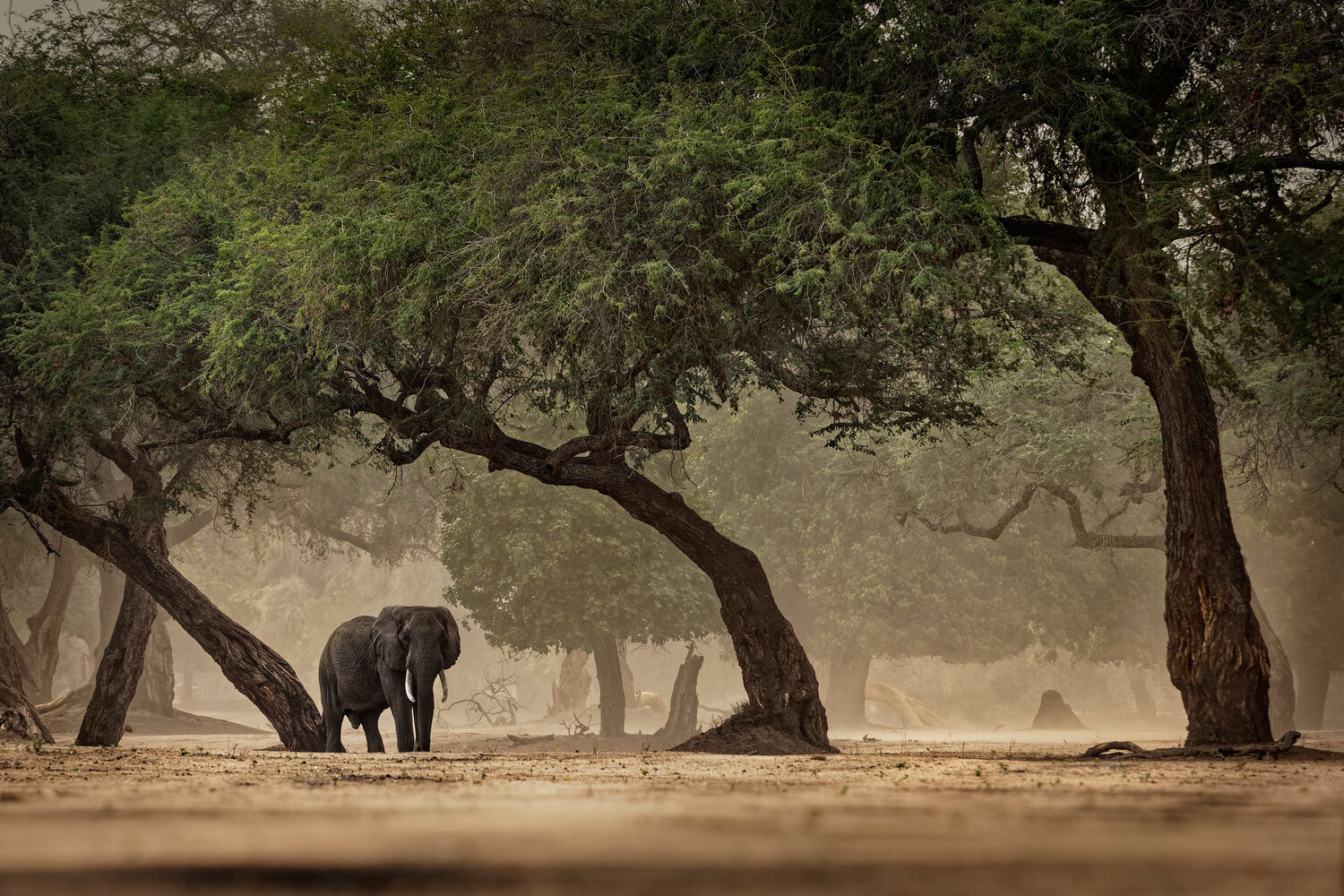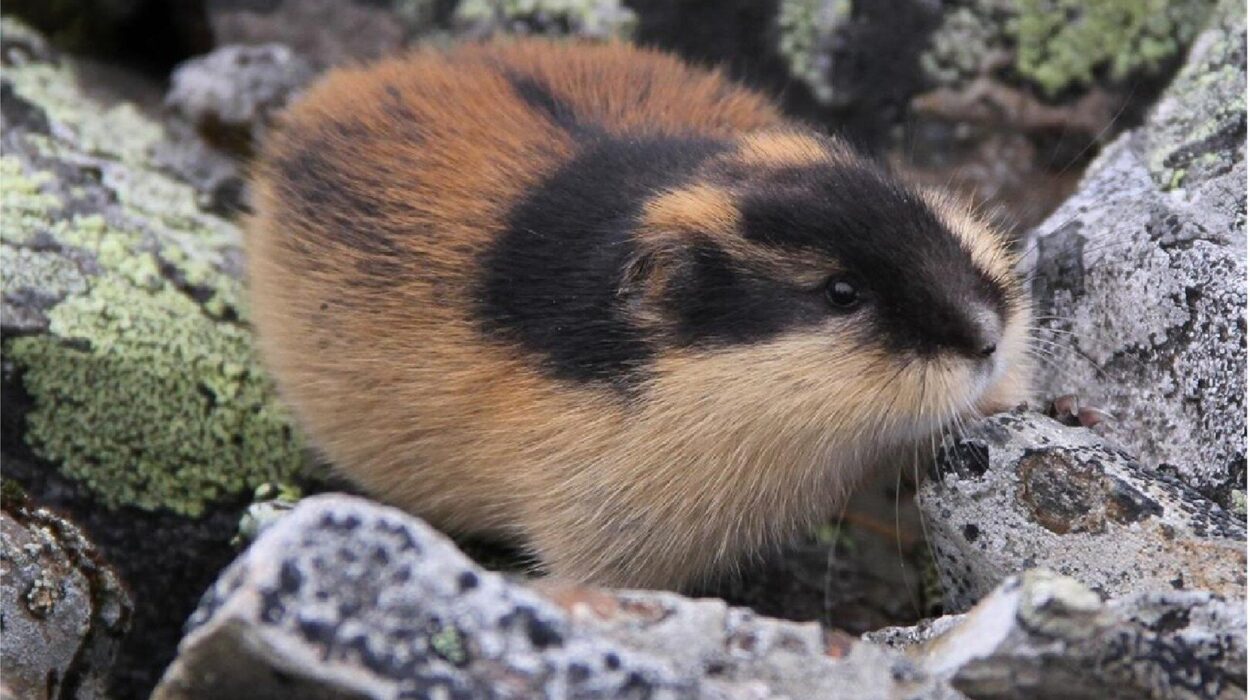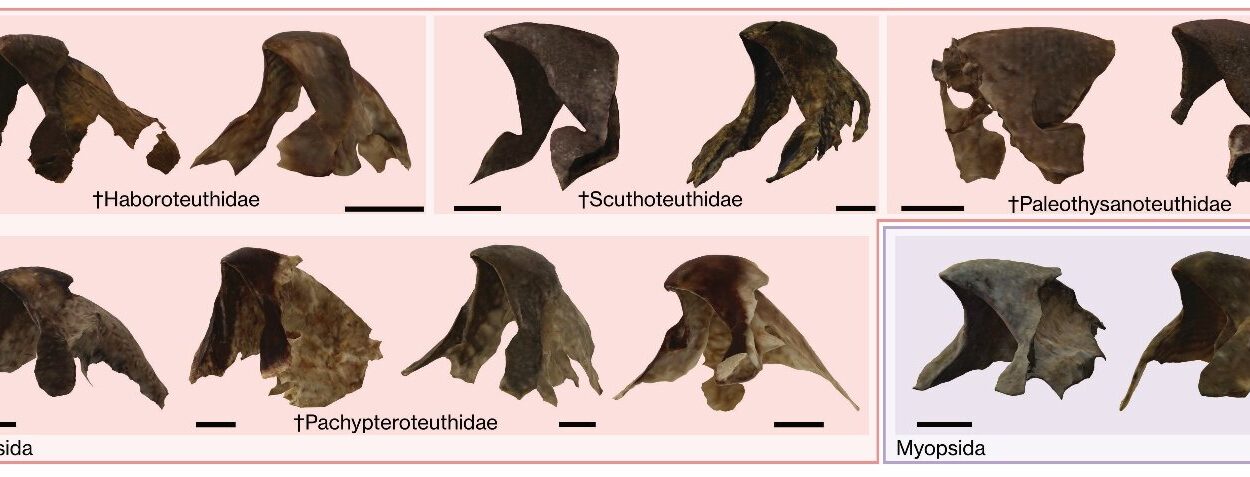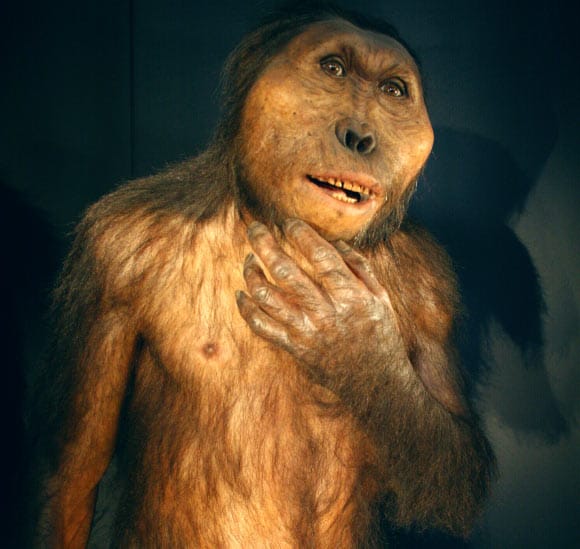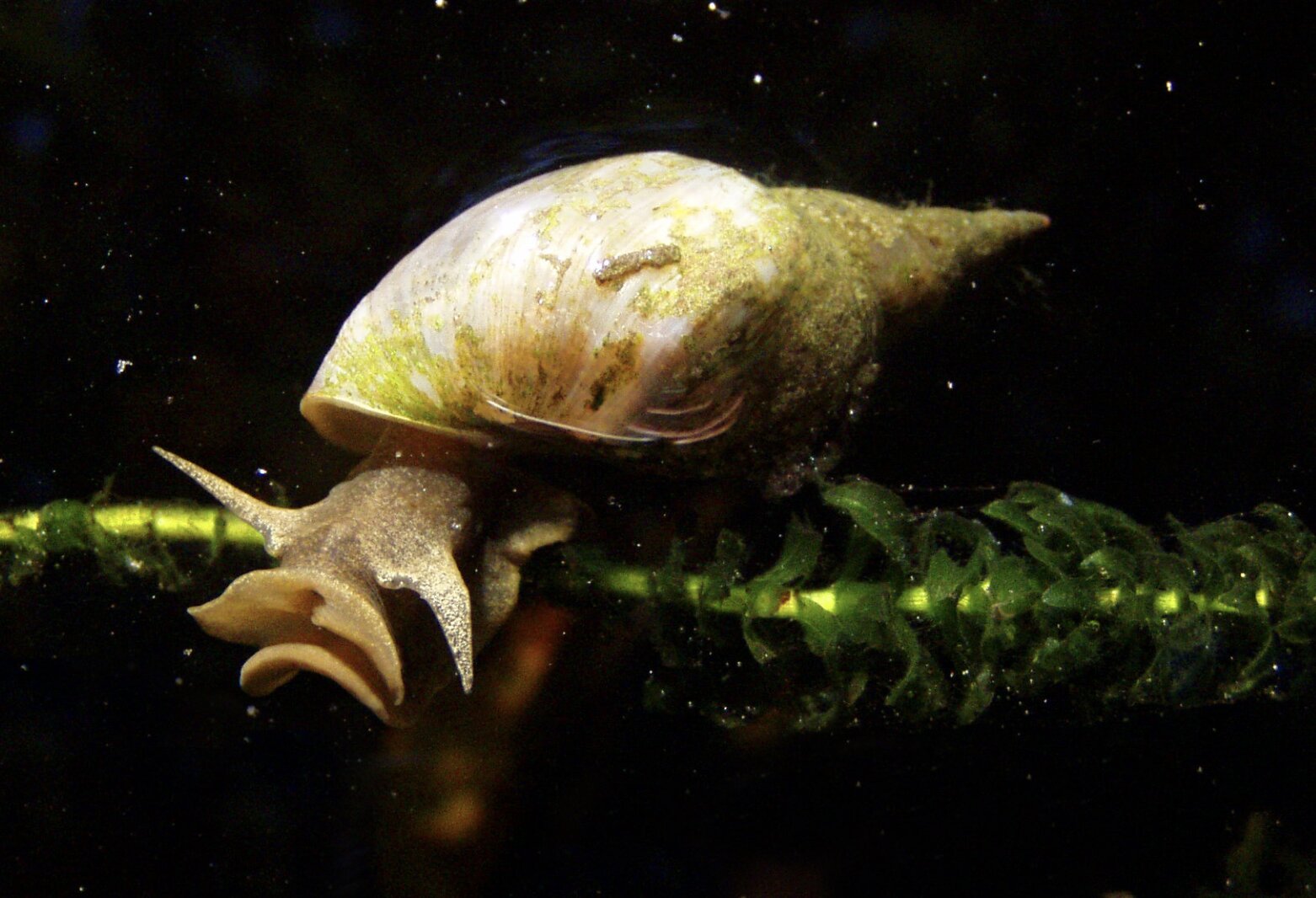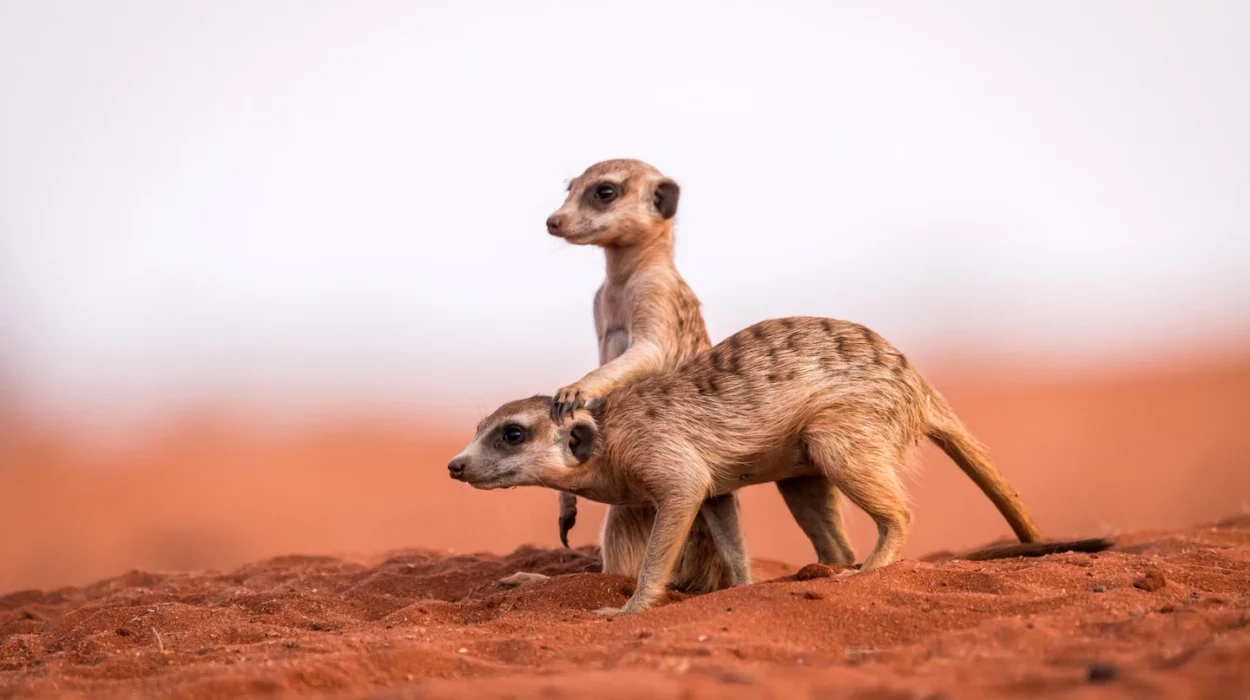Long before Homo sapiens conquered continents, long before cities rose and empires fell, humanity’s greatest journey was still waiting to be made. For nearly 100,000 years, waves of early humans attempted to leave Africa and explore the unknown lands of Eurasia—only to vanish into evolutionary oblivion, leaving no trace in the DNA of modern people.
But then, something changed.
Roughly 50,000 years ago, a small band of Homo sapiens succeeded where all their ancestors had failed. They crossed deserts and mountains, oceans and rivers, eventually spreading across the globe. Every living non-African person today descends from that group.
What gave them the edge?
In a groundbreaking study published this week in Nature, an international team of scientists led by Professor Eleanor Scerri of the Max Planck Institute of Geoanthropology and Professor Andrea Manica of the University of Cambridge may have finally cracked the mystery. Their answer rewrites how we understand not just where humans came from—but how we became a truly global species.
A Mystery Buried in Deep Time
For decades, anthropologists puzzled over a contradiction. Fossil and archaeological evidence shows that human ancestors made multiple forays out of Africa, some as early as 120,000 years ago. But none of those earlier explorers survived long enough to pass on their genes.
Then, between 70,000 and 50,000 years ago, something unprecedented happened. A migration finally stuck. Not only did humans survive, they flourished—eventually becoming the only human species left on Earth.
Scientists have proposed many theories for this success: perhaps we developed better tools, or perhaps we had help from interbreeding with other hominins like Neanderthals. But these theories lacked hard evidence. What if the real reason was not something we built, but something we became?
Learning to Thrive in Every Environment
To find out, the research team compiled a vast dataset—one of the most comprehensive ever assembled—spanning 120,000 years of archaeological sites across Africa. They combined this with advanced ecological modeling techniques to reconstruct the habitats ancient humans used, and how those habitats changed over time.
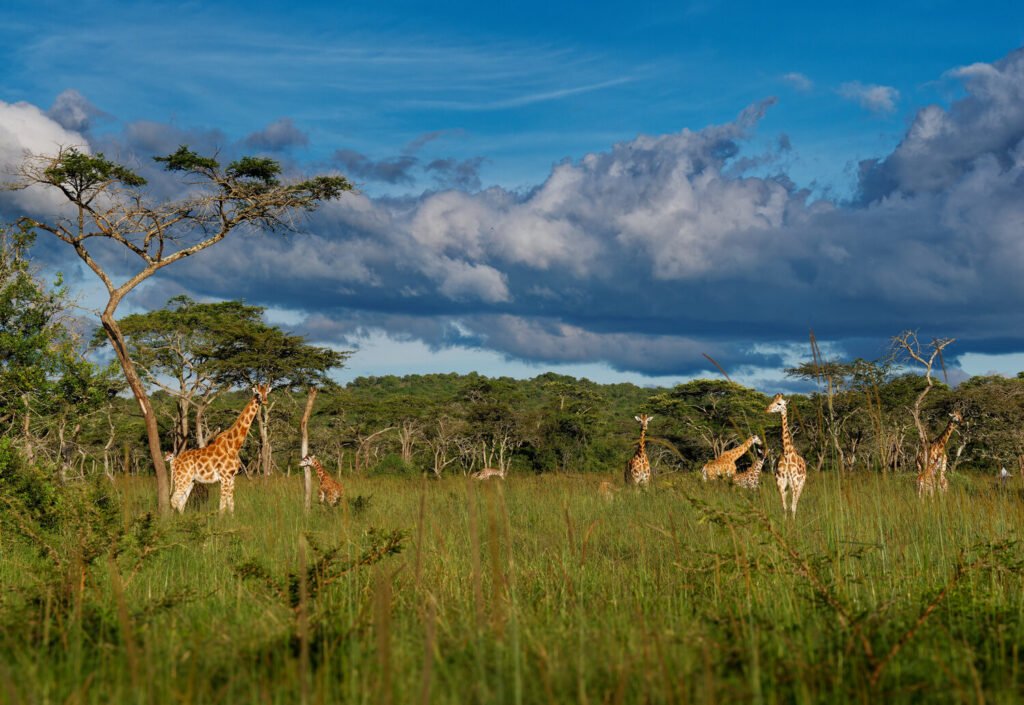
What they discovered was both subtle and profound.
Starting around 70,000 years ago, Homo sapiens began to radically expand their ecological niche—the types of environments they could survive in. Unlike earlier humans, who mostly stuck to specific climate zones like grasslands or savannas, these new populations ventured into arid deserts, dense forests, highlands, and coastal zones. They were no longer limited by geography. They were learning to live everywhere.
“This is a key result,” said Professor Manica. “Previous dispersals seem to have happened during particularly favorable windows of increased rainfall in the Saharo-Arabian desert belt, creating ‘green corridors’ for people to move. But around 70,000 to 50,000 years ago, the climate was less favorable. Yet this was the moment humans expanded most successfully.”
In other words, humans didn’t wait for the world to change. We adapted to it.
Culture: The Invisible Engine of Evolution
Dr. Emily Hallett of Loyola University Chicago, co-lead author of the study, described the analysis as a merging of archaeology and ecological theory. “We used methods developed in ecology to understand how human environmental niches—meaning the range of habitats we can thrive in—changed over time,” she said.
And the data was clear: the niche expansion wasn’t driven by luck. It was driven by growing cultural complexity.
“Larger ranges and more diverse habitats likely resulted from greater contact and cultural exchange,” added Dr. Michela Leonardi of London’s Natural History Museum, another lead author on the study. “This positive feedback loop—more connections leading to more innovation—could have helped break down geographic barriers that once confined us.”
It wasn’t necessarily new technology that made the difference. It was the way humans began to interact, to learn from each other, and to pass on skills across communities and generations. Shared knowledge became our most powerful tool.
The Moment We Became Us
Professor Scerri sees this moment in human history as nothing less than a transformation.
“Unlike previous human groups dispersing out of Africa, those moving into Eurasia after around 60–50,000 years ago were equipped with a distinctive ecological flexibility,” she said. “They had already learned to cope with climatically challenging habitats within Africa—and that experience likely gave them the adaptability to survive beyond it.”
It’s a stunning reversal of a long-held belief: that early humans succeeded because of external advantages like climate shifts or random strokes of luck. Instead, this study suggests it was our internal growth—our social adaptability, our growing awareness of each other—that made all the difference.
We became explorers not just because the door was open, but because we learned how to walk through it—together.
Echoes in the Present
The implications of this study go far beyond our ancient past. They offer a mirror to our present.
As climate change, conflict, and displacement reshape the world once again, our survival may depend—just as it did 50,000 years ago—not solely on technology, but on our ability to adapt together. The roots of global migration, resilience, and cooperation go back further than we ever imagined.
They go back to a time when small groups of humans, surrounded by deserts and danger, learned to build a different kind of map—not of roads or rivers, but of relationships, shared wisdom, and the courage to keep going.
That’s the story this new research tells. And it’s a story still being written—by all of us.
References: Emily Hallett, Major expansion in the human niche preceded out of Africa dispersal, Nature (2025). DOI: 10.1038/s41586-025-09154-0. www.nature.com/articles/s41586-025-09154-0
William E. Banks, Homo sapiens adapted to diverse habitats before successfully populating Eurasia, Nature (2025). DOI: 10.1038/d41586-025-01710-y , doi.org/10.1038/d41586-025-01710-y
